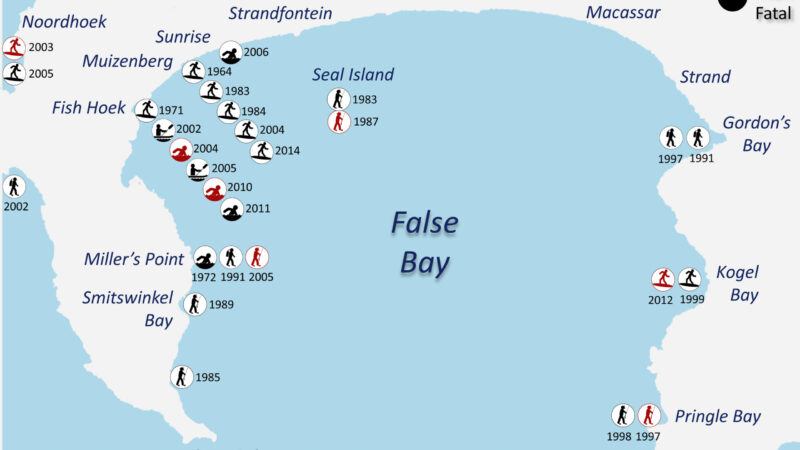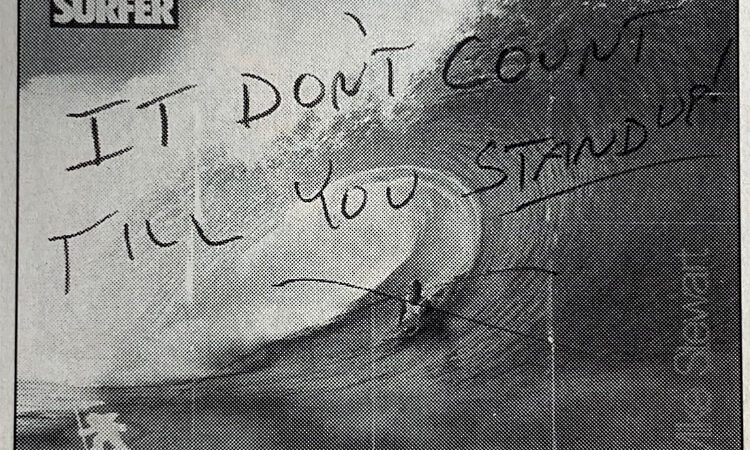Are you on a week-long beach holiday? Have you bought bodyboard for your kid? Smart move. Get ready to introduce your offspring to the waves easily and safely. It is going to be fun.
Now that you’re taking your toddler to the water, a few questions may have come up. What’s the right age to teach a kid how to ride a boogie board? Is it safe to put a bodyboarder under a child’s chest? How should he or she start?
There is no minimum age for learning to bodyboard. However, kids may start catching their first whitewater rollers by the time they reach three or four years.
Basically, as soon as they can walk and swim they’re ready for the first bodyboarding lessons. Parents should be able to understand when the time has come, but the youngsters will also express signs of interest.
The truth is that the majority of kids love the water. And what better place to develop healthy habits and skills than in the ocean.
Bodyboarding is an exciting and safe experience for kids. It blends the passion for the beach and the sea with a thrilling, and physical outdoor activity.
Do you want your child to enjoy the pleasures of bodyboarding as you do? Don’t rush the toddler into the breaking waves. Let him show interest before teaching him the first steps.
Bodyboarding is not rocket science, but there are few things you can do to improve the overall experience. For example, whenever possible, warm water is always a good idea. If you live surrounded by cold waters, get your kid a comfortable and colorful wetsuit.
To get things started, take your child to a place he or she likes, or a beach your kid is accustomed to. Familiar surf breaks will always be a wise pick, mainly because well-known spots will boost their confidence.
Then, get a big board with high buoyancy so that he/she finds the balance quickly and smoothly.

In many cases, if your kid has already seen you charging out-the-back, he will definitely try to mimic your moves, so you won’t have to worry about sharing too much information.
Here’s some advice and tips on getting your grom into bodyboarding:
1. Teach your kid to swim: that’s a mandatory rule for anyone wanting to learn to bodyboard;
2. Assess his appetite for waves: if he or she doesn’t appreciate the beach and ocean, don’t force him or her into the tumbling surf;
3. Turn the boogie board into a playable toy: show your kid what you’re going to do with it, and how exciting being pushed by a wave can really be;
4. Find a low tide area with shallow waters: check for any rip currents and rocks, and search for a safe learning spot;
5. Do not insist on teaching a child to bodyboard: let him or her go with the flow, respecting his or her rhythm;
6. Let your child get used to the board before catching waves: let your kid grab and feel the gear, and answer his questions and doubts;
7. Help him get into the first waves: skip the fins, stay behind the board, talk to him or her, and push your kid into the waves so that they feel they’re doing good;
8. Keep them comfortable in the small surf: swallowing saltwater after a wipeout will develop fear, and fear will result in rejection – stay cool and in control all the time;
9. Make sure they’re always warm: warmth is deeply connected with comfort and confidence, so if your kid is bodyboarding in cold waters, get him a cool wetsuit;
10. Ask your toddler what he/she felt about the bodyboarding experience: feedback will help detect any discomfort, hesitation, or suspicion that may have emerged;
The early sessions should be short and fun. He or she will get a feel for what bodyboarding is like, and learn the basics of wave riding.
Avoid the shore breaks; otherwise, he may hurt himself, and remember that the goal is not to train a pro bodyboarder – you want him to enjoy the time in the water, and create memories he will recall for years to come.
With a little bit of patience and common sense, you’ll be successfully sharing the stoke, passing on valuable knowledge to your child, and finding the partner for life in no time.





Recent Comments